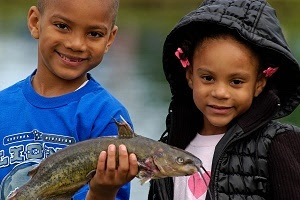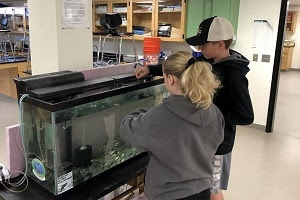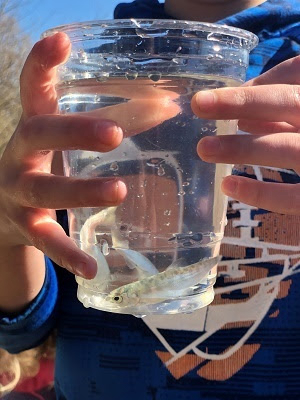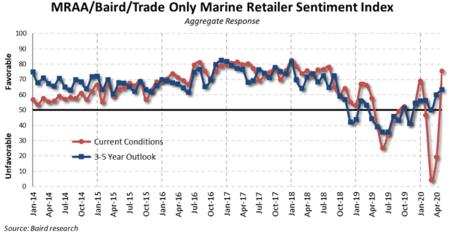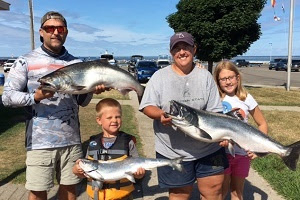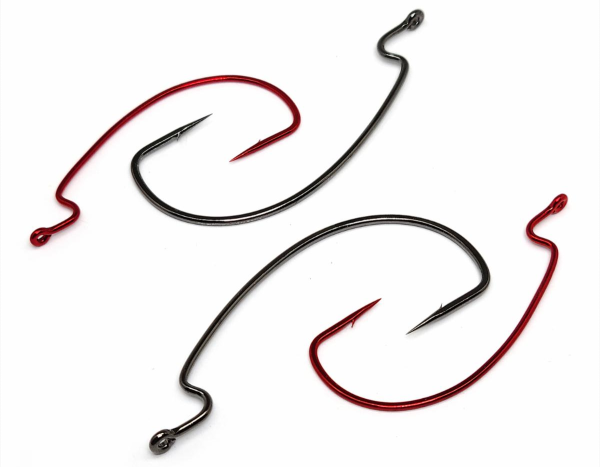Michigan creel clerks hope to connect with anglers this summer
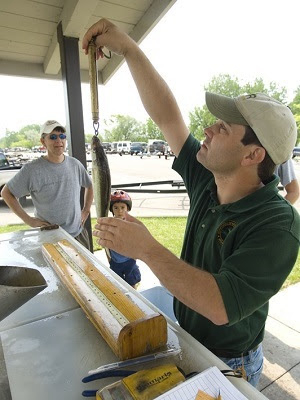
As this year’s open-water fishing season gets underway, anglers at many lakes, rivers and Great Lakes ports may encounter DNR fisheries staff members collecting data about their fishing experiences.
“The information we gather from anglers helps us get a clearer picture about fish health, movement and population trends throughout Michigan,” said DNR fisheries biologist Tracy Claramunt. “We really appreciate anglers taking a few minutes to talk with us.”
Creel clerks are stationed at boat launches and piers around the state, asking people questions as they return from fishing trips. Trip length, target species and number and type of fish caught provide valuable data for the DNR’s statewide angler survey program. In some cases, clerks may ask to measure or weigh fish and to take scales or other body parts for aging – data that is key to helping the DNR manage state fisheries. Read more

